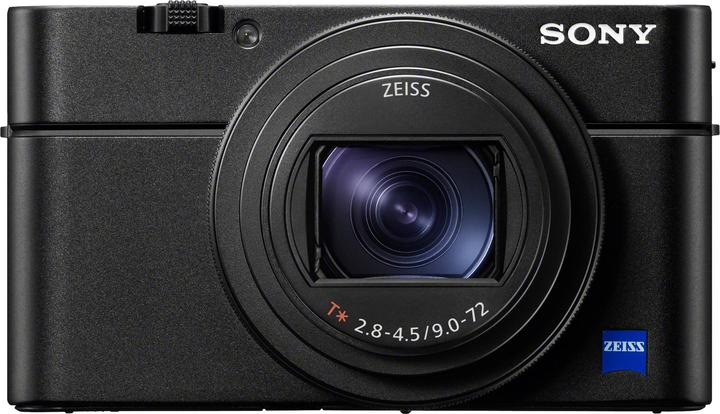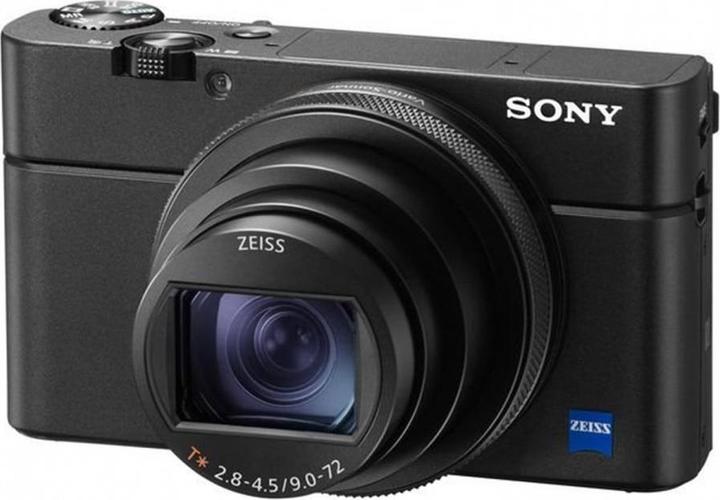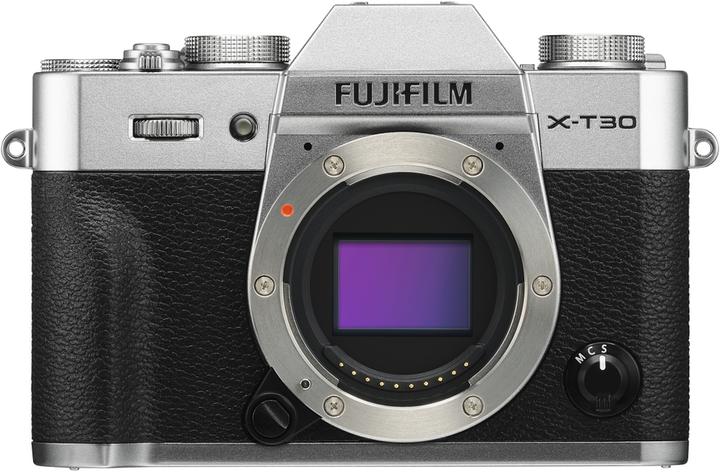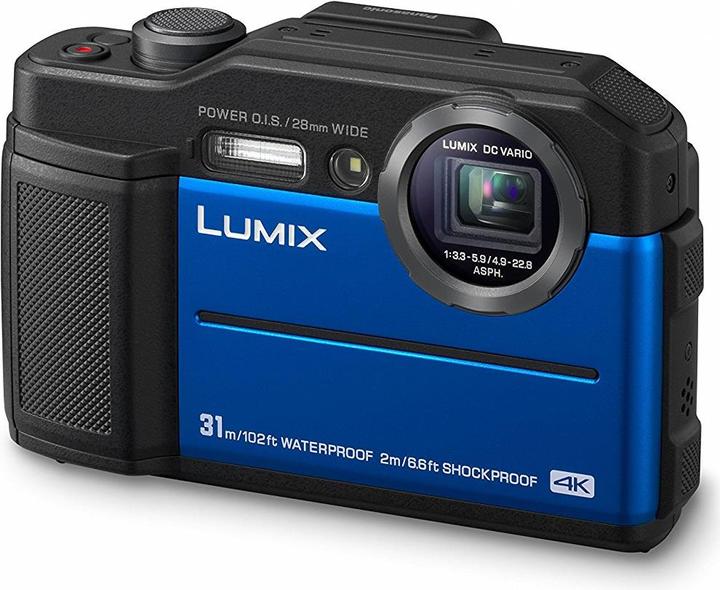

Camera purchase: Sensor sizes in plain text
The size of the sensor is one of the most important factors when choosing your camera. Unfortunately, the designations are anything but self-explanatory.
The sensor is the centrepiece of a camera: it contributes a large article to the image quality, it determines the resolution and the aspect ratio. One important aspect of the sensor is its size.
With a large sensor, the background blurs more quickly. This makes the main subject stand out better. This also depends on the aperture of the lens, but the aperture is variable, the sensor is fixed.
As an aside: Strictly speaking, it is the focal length, not the sensor size, that causes the depth of field. A small sensor requires less focal length for the same image section.
Large sensor and f/2.8 aperture. Pay attention to the background. [[image:31181110]]
Small sensor with the same aperture: [[image:31181109]]
A large sensor also has a higher light sensitivity. It therefore produces better images in low light. But it also performs better in sunlight: it can better depict large differences in brightness (light and shadow).
Small sensor, handy camera
Cameras with small sensors are usually cheaper. Above all, however, the camera and associated lenses can be made smaller. This is particularly beneficial for telephoto lenses and lenses with a lot of zoom.
The Fujifilm GFX 100 medium format camera has an extremely large sensor. It measures 103×167×156 mm and weighs 1300 grams. The corresponding 120mm lens weighs another kilogramme.

Counterexample: This compact camera (35×58×102 mm, 245 grams) has a tiny sensor. Its image quality is therefore unlikely to be the very best, but the small sensor makes it possible to integrate a 30x zoom. This would be completely unthinkable for cameras with large sensors. With the Fujifilm medium format system, 2x zoom is the maximum.
Size specifications from film photography
Unfortunately, the manufacturers do not simply state the sizes in millimetres, but use specifications that no beginner understands. Some of the size specifications date back to the age of film photography. The following image sizes exist or existed in film:
- Large format: 90×120 mm or larger
- Medium format: various sizes between 45×60 mm and 60×90 mm
- Small format: 36×24 mm
- APS: various sizes smaller than 35 mm format - one of which is APS-C
Large format no longer plays a role in digital cameras. Medium format is therefore maximum large and by no means medium. Even the 35 mm format is not small by digital camera standards, but was the largest size for a long time, which is why it is also called "full format".
Digitally, we therefore have the following sensor sizes originating from film:
- Medium format: 44×33 mm
- Frame format = full format = FX: 36×24 mm
- APS-C = DX: approx. 24×16 mm
Size specifications from the tube era
The smallest sensor sizes have no names. They are given as a diagonal in inches. You probably know this from screen size specifications. But the inch specifications for the sensors are written as fractions, for example 1/2.3 inches. Converting the inch diagonal to length and width in millimetres is complicated. But above all, it is pointless.
Why is it pointless? Because you won't get the actual sensor size. This is always significantly smaller than the result of the conversion. A sensor with the size specification 1 inch would have a diagonal of 25.4 mm, but it is actually only just under 16 mm.
There are historical reasons for this. The information dates back to the time of imaging tubes and refers to the diameter of the tube. The cathode - the analogue part of today's sensor - is much smaller.
As the trend is towards larger sensors, only the 1/2.3 inch size of these strange fractional notations is still common today. However, there are still other sizes for smartphones.
Designations and their sizes
| Designation(s) | Length×Width | Aspect ratio |
|---|---|---|
| Medium format | 43.8×32.9 mm | 4:3 |
| Full format (35 mm format, FX) | 36×24 mm | 3:2 |
| APS-C, DX | 24×16 mm | 3:2 |
| Micro Four Thirds | 17.3×13 mm | 4:3 |
| 1 inch | 13.2×8.8 mm | 3:2 |
| 1/2.3 inch | 6.2×4.6 mm | 4:3 |
If you come across an exotic size, Wikipedia has a complete overview.
Recommendations for the masses (yes, I just bolded you)
Medium format cameras are few and far between. The Fujifilm GFX 50R is probably the one that comes closest to being suitable for non-professionals. Compared to other medium format cameras, it is inexpensive, light and handy. Not compared to other cameras.
In small format, the choice is far greater. What is right for you depends on the intended use. For example, you need a fast camera for sports and a high resolution camera for landscapes. As a beginner, you will prefer an affordable all-rounder. My tip would be the Sony A7 III.
These SLR cameras from Canon and Nikon cost even less and have the advantage that there are generally many lenses available for these systems - including good and affordable ones.
With APS-C you have even more choice. Two all-rounder recommendations here too. We use the Sony Alpha 6400 ourselves on the editorial team. It is very compact and offers all-round solid performance. The Fujifilm is an alternative that is clearly more fun to use.
Micro Four Thirds is used by Olympus and Panasonic. The Panasonic GH5s is a camera fully specialised in video and low light and is also very good at it. It is also interesting to note that the Panasonic LX100 II is a compact camera with this sensor size.
The cameras with a 1-inch sensor all have a built-in lens. From my own experience, I only know the different versions of the Sony RX100 that I can recommend. Sony offers all cameras ever released to date - the older, the cheaper. However, I wouldn't go any further back than version III, even on a tight budget.

Sony Cyber-shot DSC RX100 VII
24 - 200 mm, 20.10 Mpx, 1"




- III: Built-in viewfinder, fast
- IV: plus 4K video
- V: plus fast (autofocus, continuous shooting)
- VI: plus more zoom, simplified viewfinder handling
- VII: plus microphone connection
That leaves 1/2.3 inch. Hm. Well. I would avoid it if possible. But that doesn't always work. For example, do you need a robust camera that you can also use for diving? Only available with small sensors.
My interest in IT and writing landed me in tech journalism early on (2000). I want to know how we can use technology without being used. Outside of the office, I’m a keen musician who makes up for lacking talent with excessive enthusiasm.
Practical solutions for everyday problems with technology, household hacks and much more.
Show all












